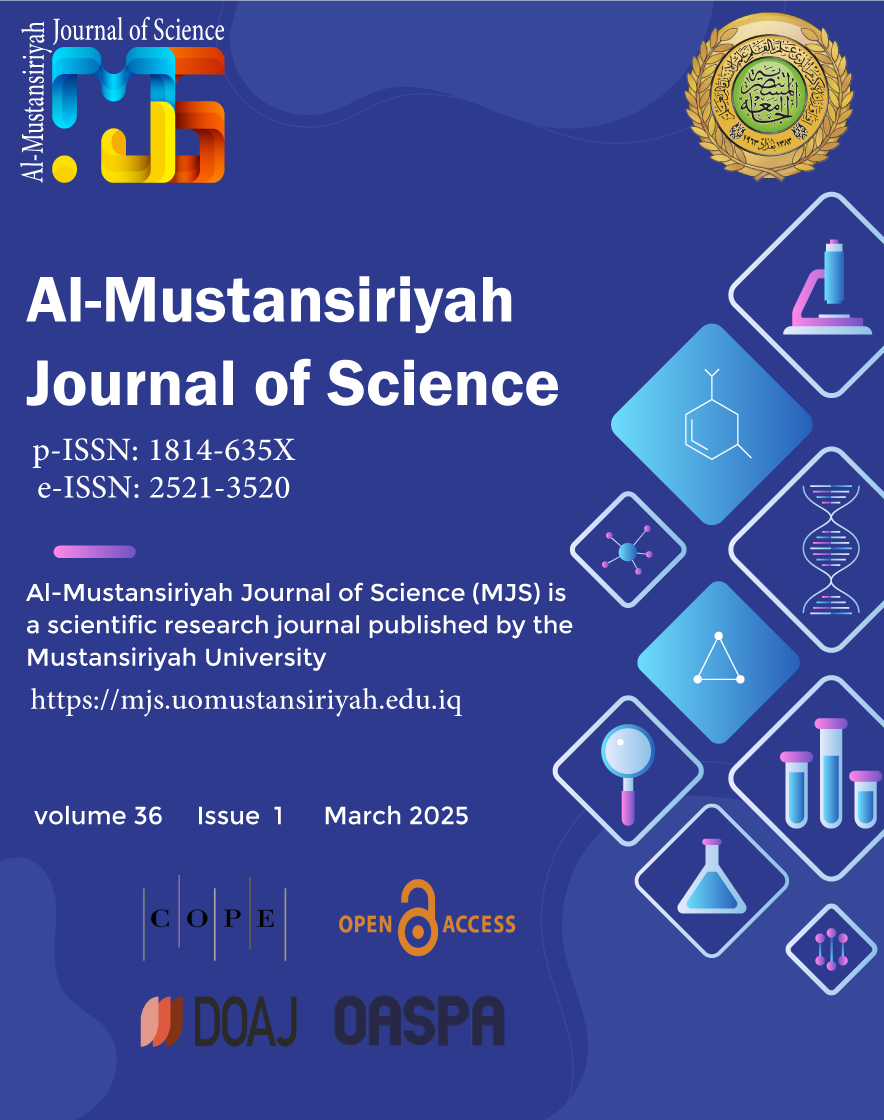Abstract
Background: El NIÑO phenomenon is a global climate phenomenon that occurs as a result of the interaction between the surface of the Pacific Ocean and the atmosphere directly above it. Objective: This study investigates whether El NIÑO 3.4 affects some of the climatic parameters in some Iraqi cities. Methods: A record surface data (2007-2017) of relative humidity, maximum and minimum air temperature was used from the Iraqi meteorological and seismology organization for seven selected meteorological stations, sea surface temperature anomalies from the royal Netherlands meteorological institute, and the reanalysis data of air temperature (1980-2022) from the national centers for environmental prediction and national center for atmospheric research. The climatic parameters data for seasonal and mean monthly are analyzed to understand the general trend, and the statistical relationships are investigated. Results: The result shows a decrease in relative humidity for Kirkuk and Nasiriya stations. Also, there is an increase in the general trend of the maximum and minimum temperatures for Kirkuk, Nasiriya, Basra, Baghdad, Al-Hay, and Mosul stations. The influence of the NIÑO 3.4 index on Iraq's climate, temperature, and relative humidity was minimal. The impact of the NIÑO 3.4 index on the maximum and minimum temperatures within the daily and monthly values, in general, was a weak positive correlation. The correlation between the NIÑO 3.4 index and the maximum and minimum temperatures during the spring and winter seasons is positive, while it is a negative correlation in the summer and autumn seasons. Conclusions: The main conclusion illustrated that the effect of the NIÑO 3.4 has a limited impact on the surface values of relative humidity and maximum and minimum air temperatures because there is a lag time in the response when the change of sea surface temperature anomalies starts to happen; it takes a month or more time until its impacts reach Iraq.
Keywords
ENSO; Minimum temperature; Maximum temperature;Relative humidity; Sea surface temperature anomalies
